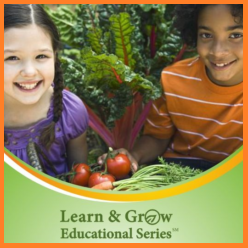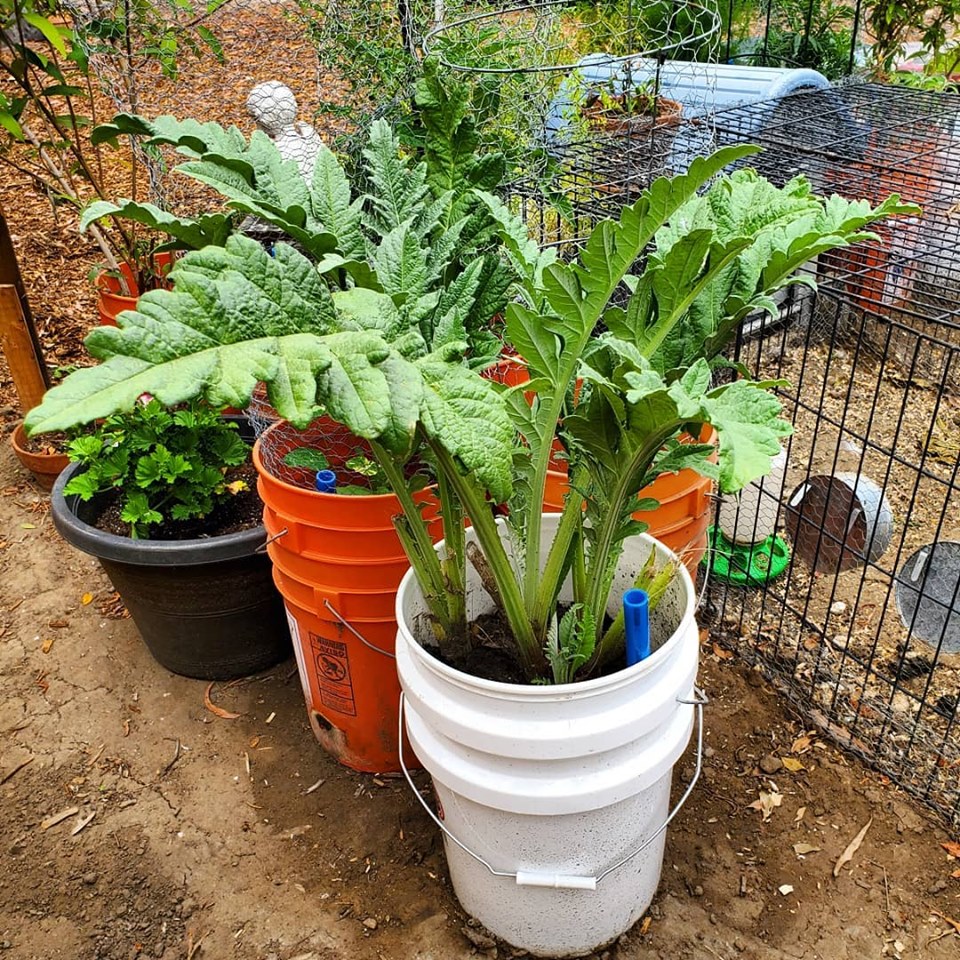In our ever-increasingly rapid-paced world, we have become accustomed to real-time results to many of our efforts and inquiries, which amounts to instant gratification. Surrounded by these experiences, it is easy for developing young children who are still processing the world according to intuition rather than logic to misperceive this constant stream of instant gratification as the only kind of gratification to be had.
The danger in this is that it fails to teach children the value of patience and planning things for the long haul rather than immediate, short-term benefit. One of the most compelling reasons that KPS4Parents has based our instructional content on gardening is the fact that gardening takes time. One of the critical concepts that children must learn about where food comes from is how long it takes to grow it.
The reality is that producing food is not a matter of instant gratification. Growing fruits and vegetables from seed to harvest usually takes the better part of a year.
It also takes a lot of time and resources to provide enough food for an entire population when that population has ceased to provide food for itself, as we mostly have in the United States. The commercialized food supply started out as a convenience, but has become something upon which most people are now dependent for survival.
As we homogenize ourselves into a global community, traditional native cultures are being lost. Unfortunately, people are “throwing the baby out with the bathwater,” as it were. Not all traditions should be abandoned. Many serve practical purposes, not the least of which is the ability to survive off the land if we absolutely have to.
It is very short-sighted to think that some cataclysmic event could never possibly happen that would prevent our current system of food supply from functioning. It is responsible adult decision-making and governance to have a system of food supply that cannot be disrupted by war or natural disaster, which by all logical accounts, should include local farming as well as community and home gardening.
Dwelling on scary potential futures isn’t the point. The point is preparedness. If we are prepared for the worst and it never comes, that’s okay; it’s when we aren’t prepared and it does come that we are in trouble. It’s simply a matter of being better safe than sorry.
Which returns us to the issue of patience in this instant gratification-oriented world. Planning ahead for possible disaster requires long-term thinking. Children who are never taught the importance of long-term planning and patience are highly unlikely to become competent leaders or decision-makers.
Not only must they be taught the importance of patience, they must be taught how to exercise it. Learning how to remain patient only comes from participating in experiences in which it is necessary. Patience is a necessary virtue in order to execute any kind of strategic plan that seeks long-term benefit.
A return to the real-world applications of the instruction we render to children is the driving force behind the Common Core. Before our current system of education, most children were educated by the adults in their lives in the knowledge and skills they needed to survive in their immediate environments. This learning was meaningful because it was taught in the same context in which it had to be used in real life.
Classrooms remove that connection between the information being taught and the context in which it must be applied. Or, worse, the only context in which the instruction is ever applied is the classroom and it has no real-world bearing at all.
Current instructional strategies used in public education largely do not speak to the issues of patience or delayed gratification. Long-term projects that illustrate the value of patience are not all that common in the K-12 setting. We believe school-based gardens are significant instructional tools in a wide variety of ways, not the least of which are their abilities to model the value of patience as one grows fruits and vegetables from seed to harvest.
Regardless of whether it is at home, school, through Scouts, at the YMCA, or through some other venue, having children learn how to raise fruits and vegetables from seeds to harvest is a valuable life skill that teaches the value of patience, which can be generalized to other contexts that also require patience in the present and later in life, such as with parenting and employment.
As serious as all these issues are, gardening can be super fun! Most young children will embrace the opportunity to drill holes in buckets (with adult support, of course), fill them with dirt, fill their reservoirs with water, plant seeds and watch them sprout into seedlings, transfer seedlings to containers, build a vermiculture composter and handle earthworms, harvest their produce, and eat what they have grown. Heck, most older kids and adults would enjoy it, too. It’s very rewarding when the work and the waiting result in delicious food!
In the K-12 setting, curricular activities can be built around the construction and ongoing maintenance of the garden through harvest. In the community, gardens built as community service projects by youth to benefit seniors in adult day care or assisted living programs can be used to facilitate intergenerational discussions about food, gardening, and farming. Similarly, youth who build gardens as service projects with younger children can model the gardening techniques and strategies they have been taught, which lends credibility in the eyes of the younger children to the gardening project itself.
These types of activities also foster a sense of community. When people work towards a common goal, particularly when it involves something so personal and necessary as food, a sense of teamwork can be established that serves to teach children important concepts about working collaboratively that will transfer with them when they enter the workforce in adulthood. It will also teach them troubleshooting and problem-solving skills, enhancing their critical thinking abilities.
We see the critical need to teach children about food. They need to understand how food comes to exist, how to grow and prepare it in healthy ways, and how much of each type of food is necessary for their proper nutrition. We also see the need to use real-life situations like growing food as vehicles for teaching critical concepts such as mathematics, the scientific method, and report writing, to name some.
We appreciate the opportunities that our self-watering bucket container garden concepts create to serve as community service projects for youth organizations, such as Scouts or YMCA. We see their value for community gardens and service projects by community service organizations, such as Kiwanis or Lions Clubs. As much as our approaches target all of these critical areas of need, it is also important that they also teach the value of patience, and that is the element that helps tie everything together in a meaningful way over time.

